Wasp Control
Welcome to Brothers Pest Management, your local pest control company in Minnesota.
We are committed to providing effective wasp pest control solutions to homeowners and businesses throughout the area.
One of the pests that we encounter frequently in Minnesota are wasps, particularly those in the family Vespidae. In this page, we will discuss the different types of Vespidae wasps that are commonly found in Minnesota and how we can help you get rid of them.
Common Vespidae Wasps in Minnesota
Yellowjackets: Yellowjackets are a common and aggressive type of wasp that are often found near human dwellings. They are black and yellow in color and are typically about ½ inch in length. Yellowjackets are social insects that build large nests and can be very dangerous if provoked.
Paper Wasps: Paper Wasps are another common type of Vespidae wasp in Minnesota. They are brown with yellow or red markings and are typically about 1 inch in length. Paper Wasps are also social insects and build small, papery nests. They can be aggressive if provoked.
Bald-Faced Hornets: Bald-Faced Hornets are a type of yellowjacket that are larger and more aggressive than their counterparts. They are black and white in color and can be up to ¾ inch in length. Bald-Faced Hornets build large, papery nests and can be very dangerous if provoked.
European Hornets: European Hornets are another large and aggressive type of Vespidae wasp in Minnesota. They are brown with yellow markings and can be up to 1 ½ inches in length. European Hornets build large, papery nests and can be very dangerous if provoked.
How Brothers Pest Management Can Help?
At Brothers Pest Management, we offer a range of wasp pest control services to help you get rid of these pests once and for all.
Our experienced pest control technicians will conduct a thorough inspection of your property to identify the type of wasp infestation you have and develop a customized treatment plan to eliminate the problem. We use safe and effective wasp control products and techniques to ensure that your home or business remains pest-free.
Contact Us Today!
If you're experiencing a wasp infestation in your home or business, don't hesitate to contact Brothers Pest Management. We're here to help you get rid of these pests quickly and effectively. Contact us today to schedule a free consultation and learn more about our wasp pest control services.
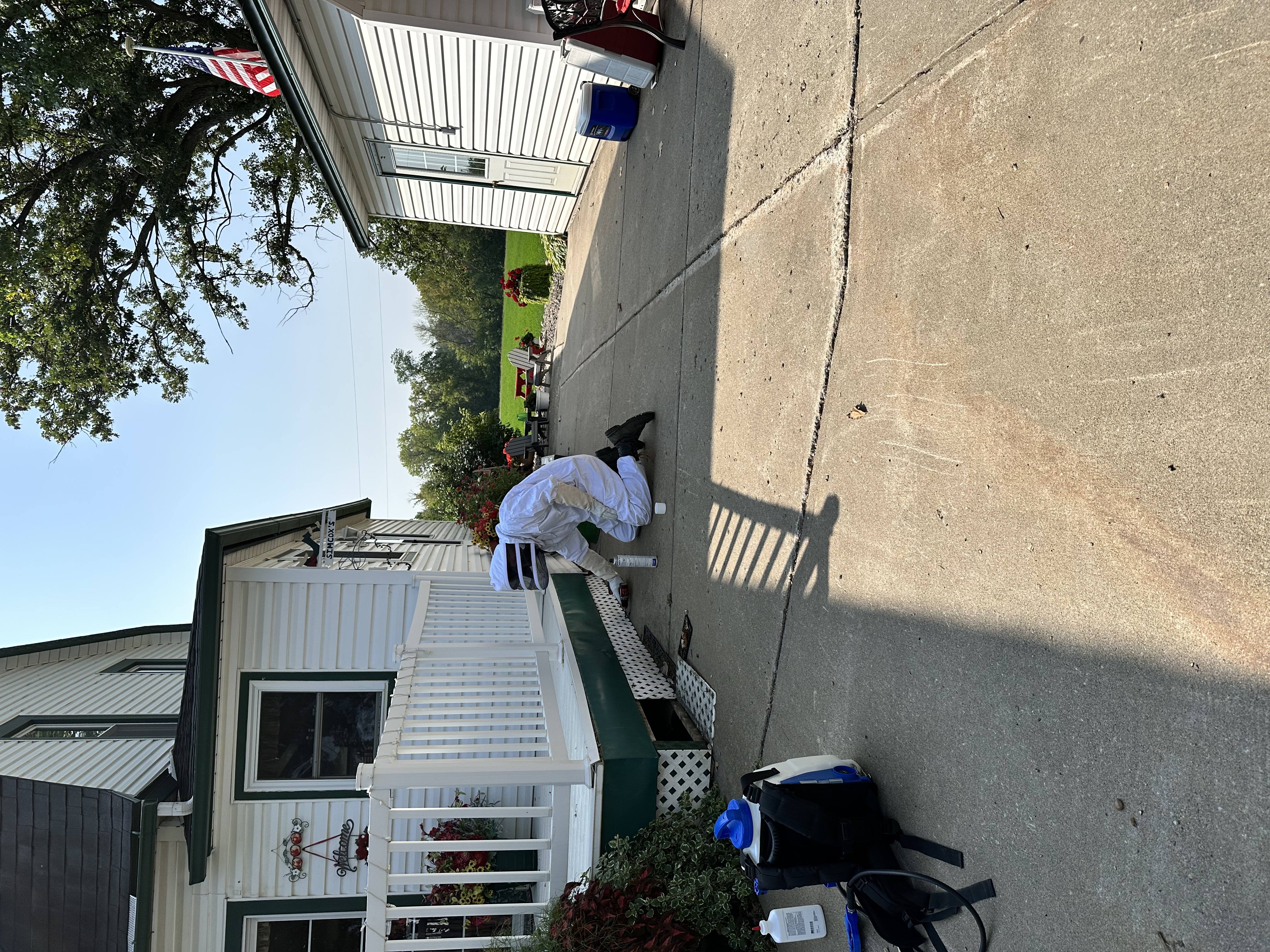
Vespidae in Minnesota
Paper Wasp
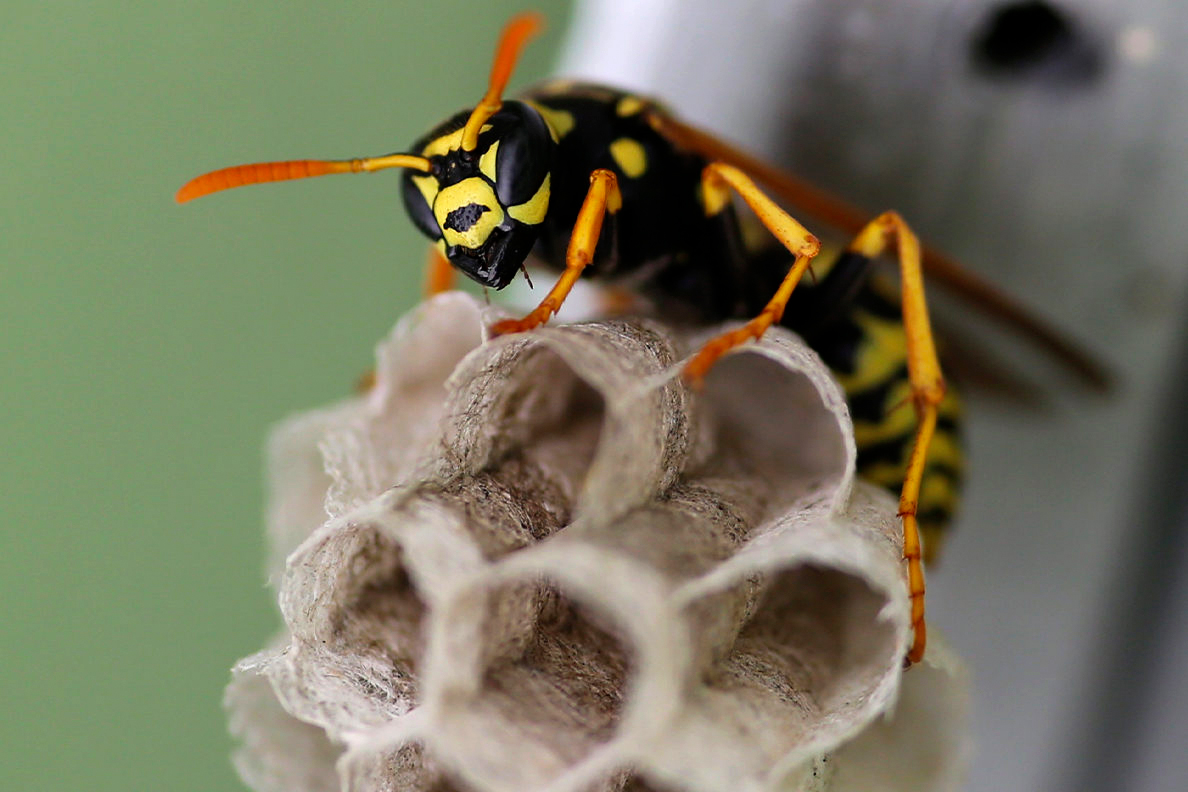
Yellow Jackets
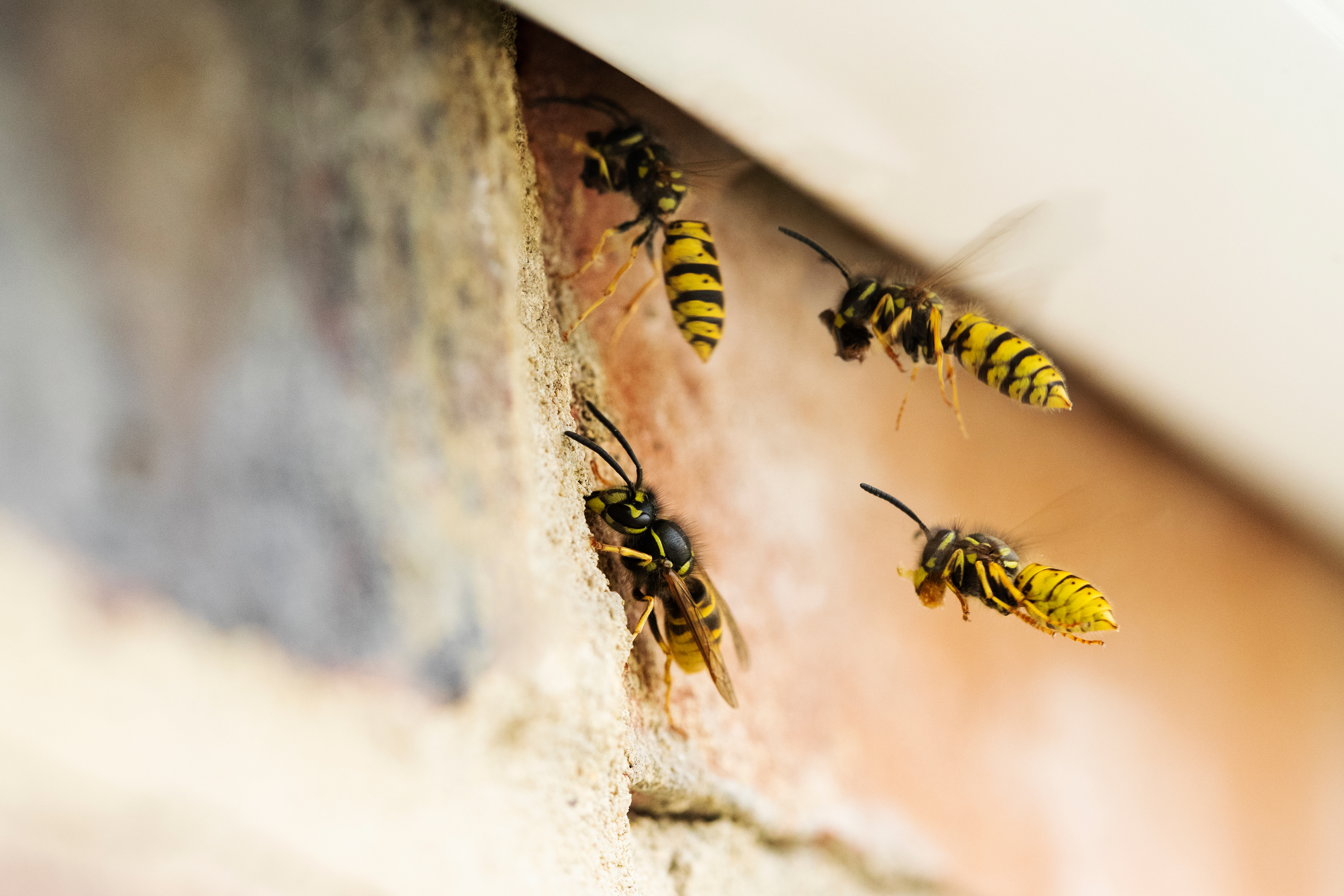
Mud Dauber
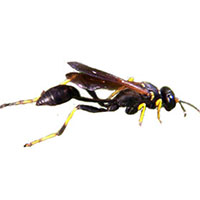
Bald Faced Hornets
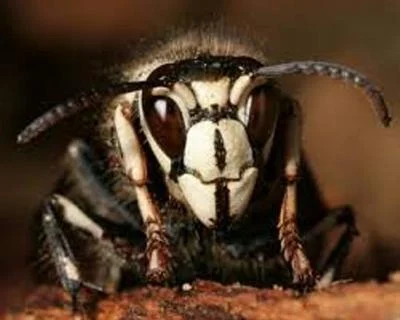
Paper Wasp
Paper wasps are vespid wasps that gather fibers from dead wood and plant stems, which they mix with saliva, and use to construct nests made of gray or brown papery material.
Paper wasp nests are characterized by having open combs with cells for brood rearing, and a 'petiole', or constricted stalk, that attaches the nest to a branch or other structure.
Paper wasps secrete a chemical which repels ants, which they spread around the base of the anchor to prevent the loss of eggs or brood.
Unlike yellowjackets and hornets, which can be very aggressive, polistine paper wasps will generally only attack if they themselves or their nest are threatened.
Paper wasps feed on nectar and other insects, including caterpillars, flies, and beetle larvae.
Yellow Jackets
Yellow jackets may be confused with other wasps, such as hornets and paper wasps.
Yellow jackets are sometimes mistakenly called "bees" (as in "meat bees"), given that they are similar in size and general coloration to honey bees, but yellow jackets are actually wasps.
In contrast to honey bees, yellow jackets have yellow or white markings, are not covered with tan-brown dense hair on their bodies, and do not have the flattened, hairy pollen-carrying hind legs characteristic of honey bees.
Yellow jackets have lance-like stingers with small barbs, and typically sting repeatedly, though occasionally a stinger becomes lodged and pulls free of the wasp's body; the venom, like most bee and wasp venoms, is primarily dangerous to only those humans who are allergic or are stung many times.
Yellow jackets are social hunters living in colonies containing workers, queens, and males (drones).
Colonies are annual with only inseminated queens overwintering.
Fertilized yellow jacket queens are found in protected places such as in hollow logs, stumps, under bark, leaf litter, soil cavities, and man-made structures.
Queens emerge during the warm days of late spring or early summer, select a nest site, and build a small paper nest in which they lay eggs.
After eggs hatch from the 30 to 50 brood cells, the queen feeds the young larvae for about 18 to 20 days.
Mud Dauber
Mud Daubers build their nests from mud.
All mud daubers may occupy the same sites year after year, creating large numbers of nests in protected locations; such sites are often used as nest sites by other kinds of wasps and bees, as well as other types of insects.
Like most other solitary wasps, mud daubers are parasitoids, but unlike the majority of parasitoids, they actively capture and paralyze the prey upon which they lay their eggs.
The females build the nests, and hunt to provision them. Males of pipe-organ mud daubers have been observed bringing spiders to the nest, and nest guarding, an extremely rare appearance of male parental care, otherwise virtually unknown among Hymenoptera.
Bald Faced Hornets
The bald-faced hornet is distinguished from other yellowjackets by its white and black coloring.
It has a white or "baldfaced" head, which is the source of its colloquial name.
The bald faced hornet also has three white stripes at the end of its body and is notably larger than other species of Dolichovespula, as adults average about 19 mm (0.75 in) in length.
Bald faced hornet Queen and worker wasps have similar morphologies.
Bald faced hornet Queens are always larger than workers in their colonies, though size distributions can vary in different nests, and workers in one colony might be as large as a queen in a different one.
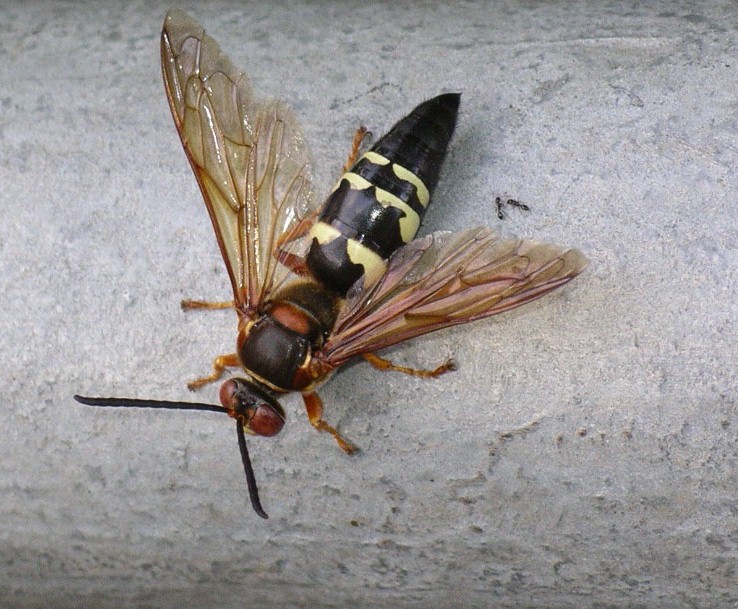
Cicada Killer Wasp
Adult eastern cicada killer wasps are large, 1.5 to 5.0 cm (0.6 to 2.0 in) long, robust wasps with hairy, reddish, and black areas on their thoraces (middle parts), and black to reddish brown abdominal (rear) segments that are marked with light yellow stripes.
Solitary wasps like the eastern cicada killer wasp are very different in their behavior from the social wasps such as hornets, yellowjackets, or paper wasps.
Cicada killer wasp females use their stings to paralyze their prey (cicadas) rather than to defend their nests; unlike most social wasps and bees, they do not attempt to sting unless handled roughly.
Adult cicada killer wasps feed on flower nectar and other plant sap exudates.
REQUEST A FREE ESTIMATE
OR CALL US AT
(612) 431-PEST (7378)
QUICK LINKS
CONTACT US
Brothers Pest Management
(612) 431-PEST (7378)




